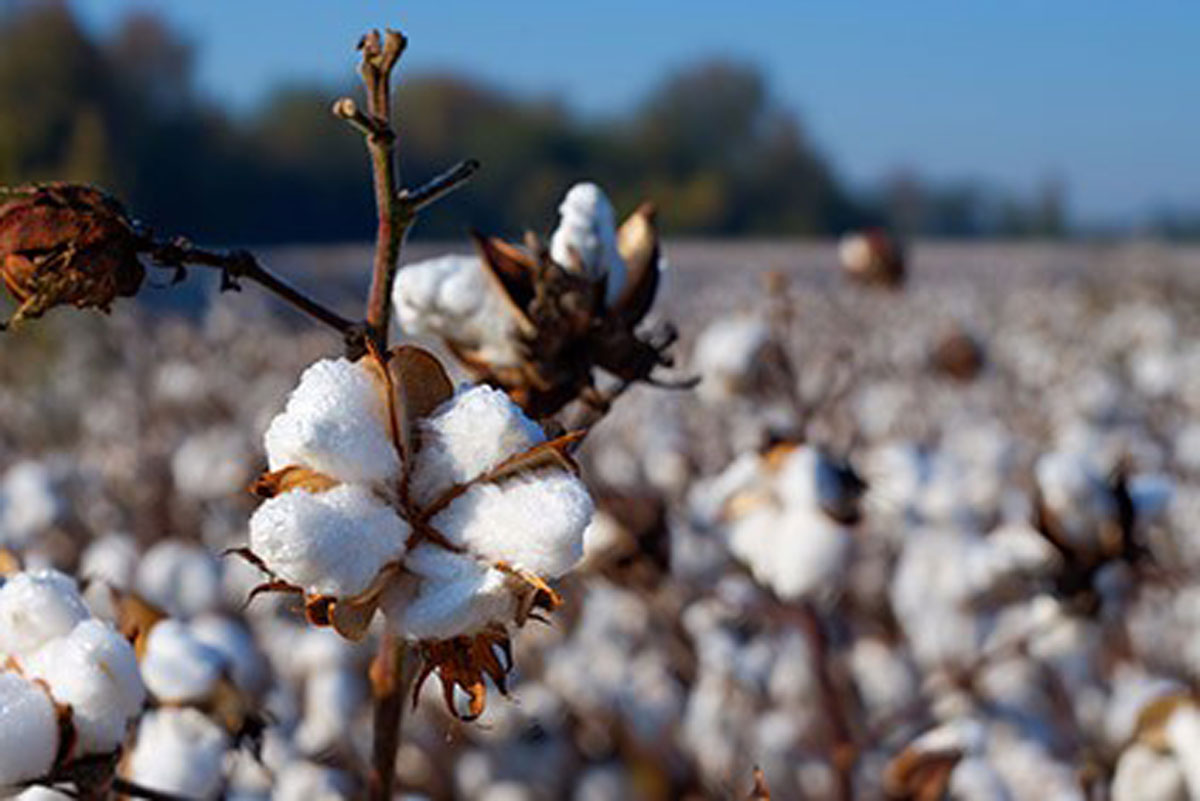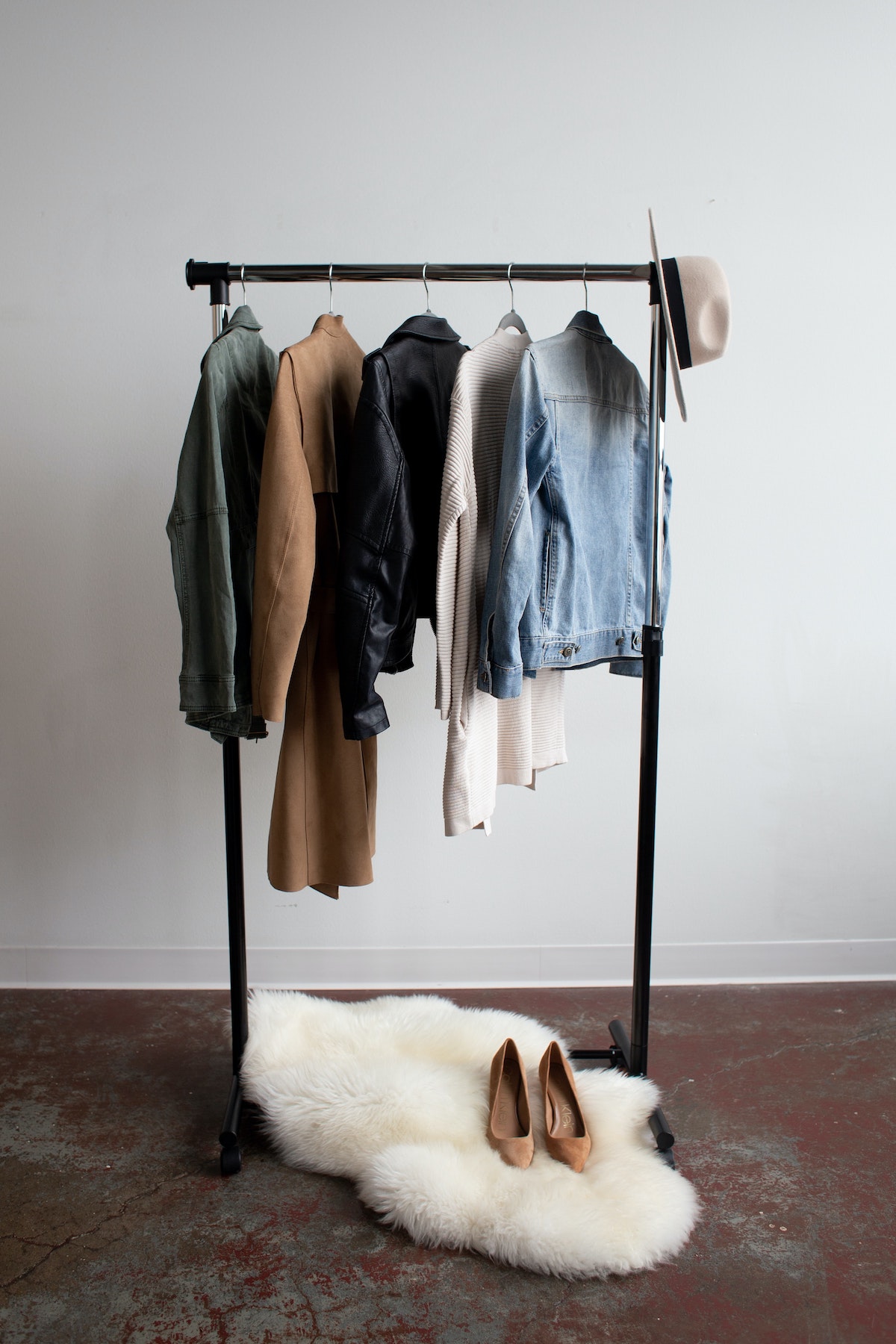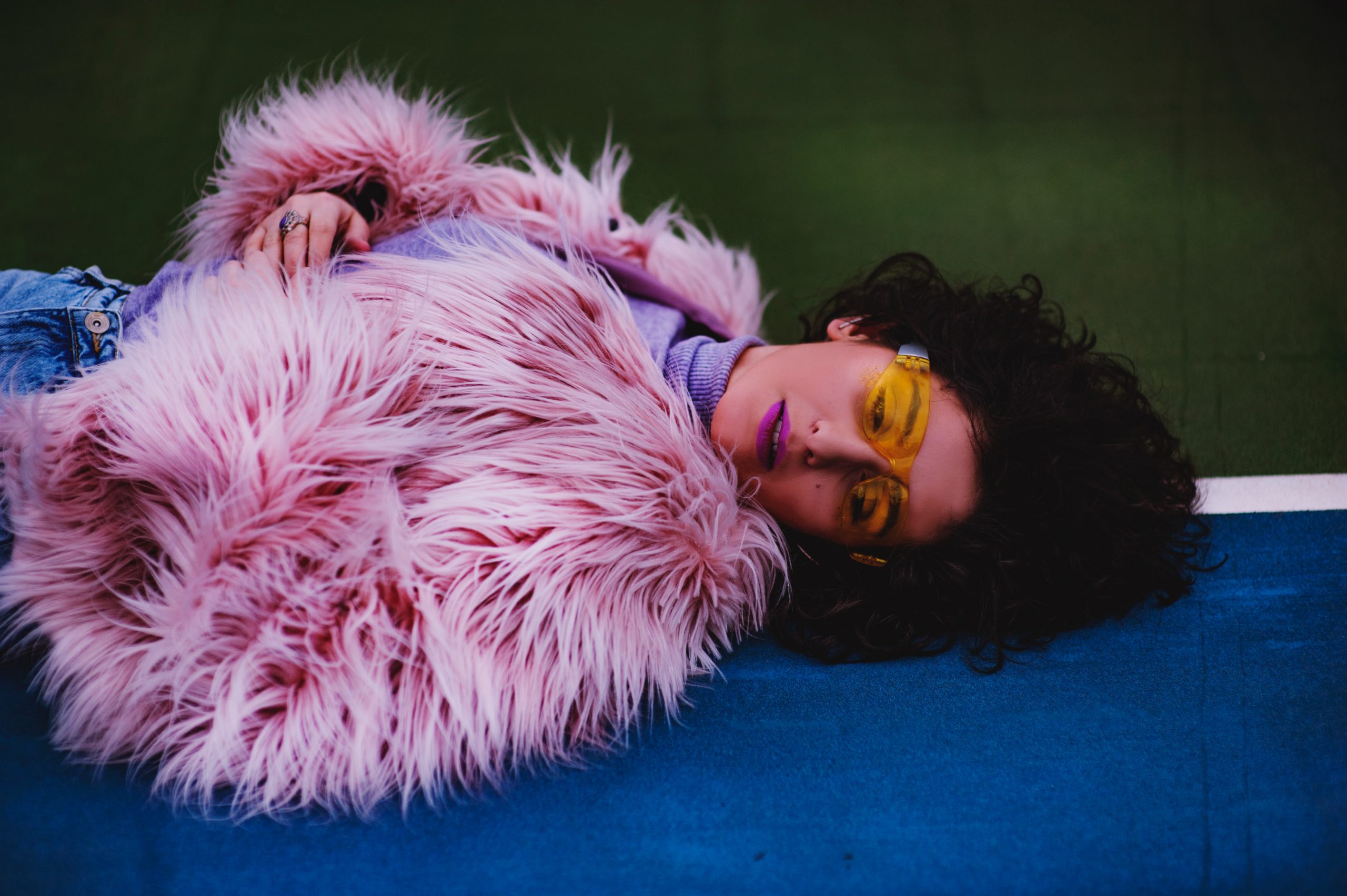
What Is More Sustainable? | The Ethical Dilema
We approach some key leaders that are making waves in regards to fashion sustainability and simply asked them one question: what is more sustainable, and why? From textiles and dyes to child labor, read on to gain interesting insights from Fashion For Good, Fashion Revolution, Global Organic Textile Standard and Redress, some of the institutions that are working hard to change the future of fashion.
The fashion supply chain is incredibly complex, involving approximately 75 million workers, as well as tonnes of crops, water and chemicals. In order to shop mindfully, it’s important to choose brands that are transparent, so that you know where the garment was made, by whom, under which conditions and with which material. In an industry that is constantly evolving to introduce newer alternatives for conventional methods and textiles, it becomes easy to get confused in the plethora of options and difficult to make informed, ethical decisions. So, we’ve approached some key leaders that are making waves in regards to fashion sustainability and simply asked them one question: what is more sustainable, and why? From textiles and dyes to child labor, read on to gain interesting insights from Fashion For Good, Fashion Revolution, Global Organic Textile Standard and Redress, some of the institutions that are working hard to change the future of fashion.

THE COTTON CHALLENGE
We’re all familiar with cotton, as the textile represents a majority of what our clothes are made of. What we may not be familiar with is the fact that 90% of this cotton is genetically modified, or otherwise known as synthetic. Cotton production is responsible for 18% of worldwide pesticide use and 25% of total insecticide use – making it the dirtiest crop as well as the thirstiest, since it takes more than 2,700 liters of water to produce one cotton T-shirt. However, we can now choose to shop from brands that use organic cotton, which may be a more sustainable choice.
“Clearly organic cotton beats conventional cotton for its lack of pesticides and lower carbon footprint overall. It has a lower negative effect on the loss of biodiversity and helps to create safer working conditions for cotton farmers too”, says Christina Dean, founder of Redress, an environmental NGO working to reduce waste in the fashion industry. According to the Global Organic Textile Standard (GOTs), organic cotton allows retailers to make a verifiable sustainability claim for their textile products, as consumers buying-decisions are becoming increasingly influenced by the environmental and social footprint a product has.
But as Christina Dean stresses, “we need to be more aggressive in our expectations of the fashion industry and move away from “less bad” being an acceptable achievement. We must instead focus on how we can make fashion good”.
Over 30 of the world’s most renowned clothing companies, including H&M, Burberry, Adidas, Nike and more, have pledged to use 100% sustainable cotton by 2025 – whether that may be organic or recycled.
Since natural resources are only available for a finite amount of time, cotton will eventually become scarce as well, which is why brands need to think of utilizing new methods such as recycling cotton textiles into new fibres.


LUCRATIVE LEATHER
The amount of land, feed, water and fossil fuels used to raise livestock for leather production come at a hefty cost to our environment. The leather tanning process is one of the most toxic ones in the entire fashion supply chain as workers are exposed to harmful chemicals which contaminate natural water sources nearby, leading to an increased risk of diseases. Additionally, “over 50 million animals are killed every year just for the fashion industry, so the idea that it’s a by-product is a false story. The implications are very unsustainable and we can’t maintain that,” expresses Stella McCartney in an interview for The True Cost documentary. Currently, there are a few different options when it comes to leather –natural, faux, plant-based and even bio-fabricated (though not available in the mass market yet)–; so how do we know which one is more sustainable?
Fashion For Good tells us that it’s hard to find an alternative that can achieve the same quality, durability and hand-feel as natural leathers without the ethical implications and a carbon footprint. “Polyurethane and PVC based substitutes are non-degradable, non-renewable, non-breathable and have low durability. The lifespan of these fake leathers also tend to be shorter than natural leathers as they do not wear and age well over time. On the other hand, plant based leathers from agricultural waste, like Piñatex, use much less water and have a lower carbon footprint. However, not all are created from 100% waste and still require a fabric backing, so completely biodegradable options have not yet scaled.”
To this point, Christina Dean from Redress agrees that “conventional or plant-based, both have negative impacts to some extent, and we can’t assume that the term ‘vegan’ gives a sustainable halo to leather, which is an environmentally-intense material to create.” Additionally, bio-fabricated leather involves extensive R&D, which is expensive, and is difficult to scale up. So what does this leave us with?
Fashion For Good mentions a new solution by Natural Fiber Welding, where agricultural waste is welded into a fully biodegradable leather that doesn’t need to use any plastics and is incredibly soft in texture. This promising alternative has the potential to provide a scalable, plastic-free, cruelty-free substitute that can be produced in a cost-efficient and timely manner. In the meantime, the most sustainable option would be to opt for plant-based leather or shop second-hand!

FUR-GET ABOUT IT
The last few years have been quite significant in regards to positive changes occurring across the fashion industry as many luxury brands take a stand against animal cruelty. As of December 2018, brands like Jimmy Choo, Michael Kors, Burberry, Chanel, Coach and Gucci banned the use of fur for their upcoming collections, opting for faux alternatives instead, while a few like Victoria Beckham and Vivienne Westwood abolished the use of exotic animal skins altogether. The anti-fur movement has grown far beyond individual brands and has even reached high-street labels like H&M, Zara, Mango; retailers like Farfetch, Asos, Yoox Net-a-Porter; and the British Fashion Council, after it decided to ban animal fur from every fashion show during London Fashion Week. The shift is a remarkable achievement for many, and indicates that brands are willing to make the sacrifice when it’s demanded by their consumers.
Still being quite a controversial subject, we asked Fashion Revolution what they think in regards to real fur versus faux, and they say that “whilst not buying real fur has obvious benefits for animal welfare and our planet’s health, faux fur isn’t necessarily a better option or the ‘answer to the problem’. Faux fur is traditionally made from plastic-based fibres such as polyester which can have very harmful effects on the environment and animals. Polyester can take hundreds of years to decompose and up to 700,000 microplastic fibres can be released in a typical wash.” So, Christina Dean from Redress believes that “if people really want to wear fur, the most sustainable approach would be to purchase secondhand or vintage above new real or fake fur,” and we don’t disagree.
Christina Dean from Redress believes that “if people really want to wear fur, the most sustainable approach would be to purchase secondhand or vintage above new real or fake fur,” and we don’t disagree.

TO DYE FOR
As Fashion For Good puts it, “colour has a long and rich history in fashion. We use it to shade our clothing, to show rank or status, and so to express our individuality. Natural dyes were once the standard throughout the industry, but synthetic dyes which create more brilliant, and a wider range of tints, quickly replaced them. Using 5 trillion litres of water a year, fabric dyeing now accounts for 20% of global water pollution and is responsible for countless health and environmental issues from the 8,000 chemicals used in the process.” When textile mills dump synthetic, non-biodegradable dyes into nearby freshwater sources, rivers turn unnatural shades of red and blue – a multicolor mess that is linked to cancer rates, skin diseases and slow mental development in children due to the high concentration of chemicals.
Hence, “a dyeing process that is not harmful for people and the planet, which uses substantially less, or no water and energy would be the most ideal way of colouring our textiles,” says Fashion For Good. But since this is quite difficult for most manufacturers to achieve, another way to combat this is to reuse polluted water from dyeing processes instead of letting it bleed into local rivers. For example, at eco-factories in Sri Lanka, leftover water from dyeing plants is collected, pumped into tanks, filtered, cleaned and reused for irrigation, which isn’t harmful for the environment and local communities.
Many brands are trying to minimise the carbon footprint in their supply chains by reducing the amount of water and energy used in production processes, and using natural dyes instead of synthetic dyes. Contrary to popular belief, “just because dyes are natural does not mean that they are sustainably or organically harvested. Pesticides and herbicides may have been used on the crop or perhaps the crop itself may be genetically modified,” as Global Organic Textile Standard mentions. However, the $7 billion textile dyes market is undergoing a shift as improvements in technology and chemistry bring more eco-friendly solutions to the table.
An example include dyes from Archroma, a Switzerland-based company that creates colors from agricultural waste with a water-efficient process that uses less than 10% of water required for conventional dyeing processes. So, the most sustainable option for brands would be to continue exploring and using safer dyes, preferably those evaluated and approved by a Manufacturing Restricted Substances List (MRSL) program, like that of Global Organic Textile Standard. Additionally, they should be transparent about it so that consumers can make informed ethical decisions.
At eco-factories in Sri Lanka, leftover water from dyeing plants is collected, pumped into tanks, filtered, cleaned and reused for irrigation, which isn’t harmful for the environment and local communities.

SMALL HANDS, BIG RISKS
According to the International Labor Organisation (ILO), approximately 168 million children around the world are engaged in child labor, which is more than half of the United States population. The primary cause of this is the lack of adequate income-earning opportunities for adult members in a family, so household poverty pushes children into the labor market. In most cases, the child’s income is what bridges the gap between survival and starvation. Additionally, most forms of child labor involve work that can jeaopardize physical or mental well-being, and most importantly, keeps them from obtaining an education. So as consumers, are we really comfortable with purchasing clothes that were made by kids in unethical, unsafe working conditions? If the answer is no, how can we ensure there is no child labor involved?
As the global movement Fashion Revolution expresses, “fashion brands need to take responsibility for their contribution to an industry that is so opaque, it allows child labour to persist. Although brands and consumers have a key role to play, governments also continue to fail on their obligations to protect their citizens. Child labour can exist where laws and policies fail to be made or implemented properly; governments globally need to do more to protect children and their rights. One of the greatest barriers to ending child labour in supply chains is traceability and accountability. As citizens, one of the best things we can do is continue to ask fashion brands and governments to be more transparent about their efforts to eradicate child labour.”
Moreover, the Global Organic Textile Standard says that “several brands and eco-labels have social compliance criteria included in their evaluation processes. We prohibit the use of child labour according to the International Labor Organization at all our certified facilities, and our auditors are trained under a specialized training course to continuously enhance their competence. So, if a product carries the GOTS label, it is proof that the goods have been made in facilities without child labor.”
MORAL OF THE STORY…
It’s not always easy to make the most ethical decisions, especially when it comes to shopping, because we all know how easy it is to get drawn to pretty things. What we don’t realise in the moment, is that there is so much more to a trendy item than what meets the eye. All of the components discussed above have a massive role to play in the current environmental & social circumstances we are in, so the least we can do is shop from brands that are transparent about their fabrics, processes and labour. Hopefully, this will allow more consumers to evaluate whether an item is worth it based on information beyond just its price tag.
This article was published in Luxiders Magazine Issue 3. To buy the Magazine, click here.
+ Words: Mashal Mush, Luxiders Magazine








